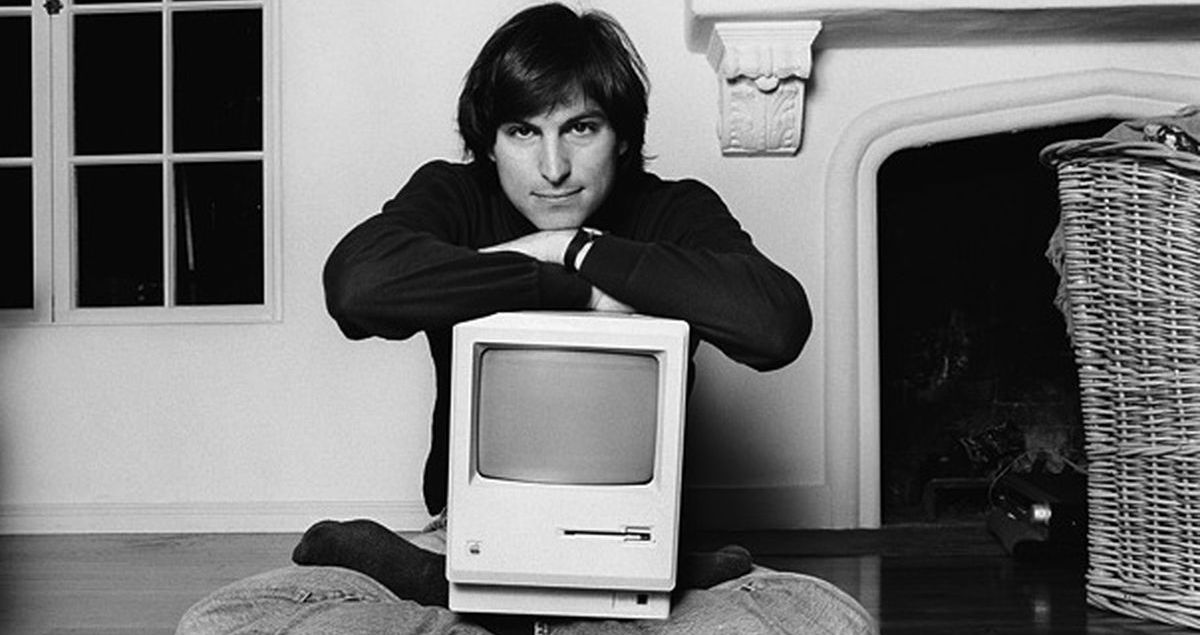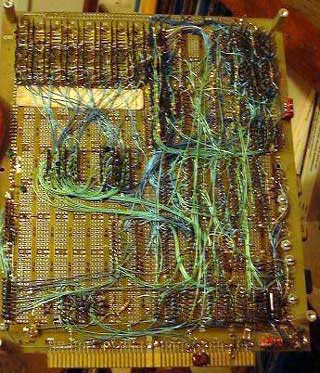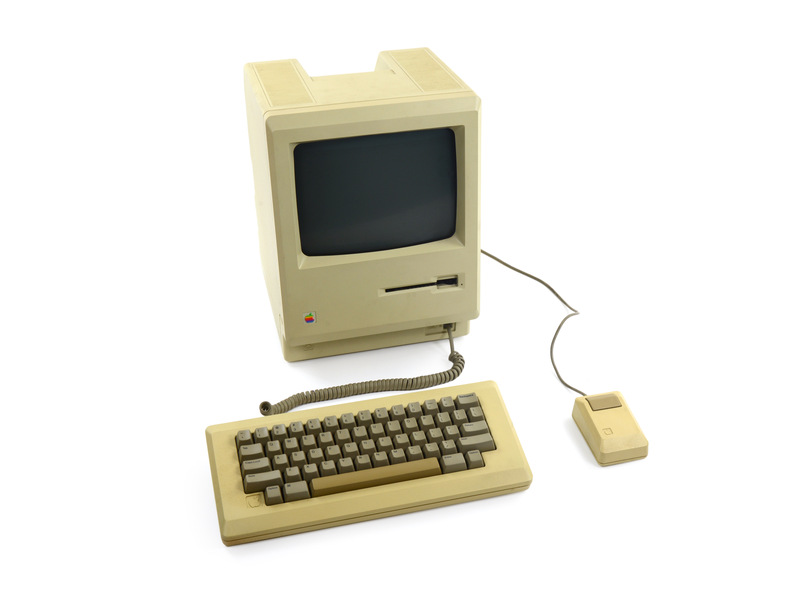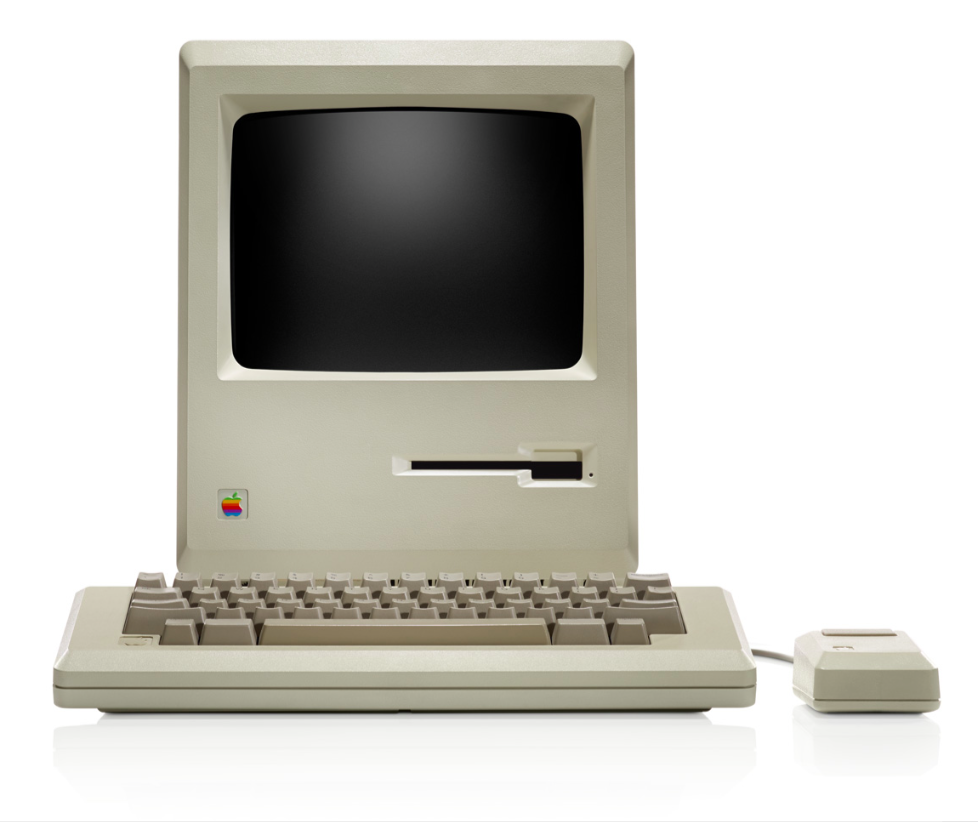A huge number of stories are connected with the personality of Steve Jobs. Many of them are related to his quirky, perfectionist nature, stubbornness, or strong sense of aesthetics. Andy Hertzfeld, who also worked at Apple as one of the members of the Macintosh team, also knows about it.
Functionality above all
Prototypes of the first Macs were produced by hand, with the help of the technology of the wrapped connection. In the case of using this technology, each signal is conducted separately by wrapping a wire around two pins. Burrell Smith took care of building the first prototype using this method, Brian Howard and Dan Kottke were responsible for the other prototypes. She was understandably far from perfect. Hertzfeld recalls how time-consuming and error-prone it was.
In the spring of 1981, the Mac's hardware proved stable enough for the team to begin work on the circuit board, which was to greatly speed up prototyping. Collette Askeland of the Apple II team was in charge of the circuit layout. After several weeks of collaboration with Smith and Howard, she worked out the final design and had a test batch of a few dozen boards produced.
In June 1981, a series of weekly management meetings began, with most of the Macintosh team also participating. The most important issues of the week were discussed here. Hertzfeld recalls Burrell Smith presenting a complex computer board layout plan during the second or third meeting.
Who would care about appearance?
As might be expected, Steve Jobs immediately launched into criticism of the plan - albeit purely from an aesthetic point of view. "This part is really nice," declared at the time according to Hertzfeld, “but look at these memory chips. This is ugly. Those lines are too close together.” he became indignant.
Jobs' monologue was eventually interrupted by George Crow, a newly hired engineer, who questioned why anyone should care about the appearance of a computer motherboard. According to him, what was important was how well the computer would work. "No one will see his record," he argued.
Of course, he couldn't stand up to Jobs. Steve's main argument was that he would see the board himself, and that he wanted it to look as good as possible, despite it being hidden inside the computer. He then made his memorable line that a good carpenter would also not use a crappy piece of wood for the back of a cabinet just because no one would see it. Crow, in his rookie naivety, began to argue with Jobs, but was soon interrupted by Burrell Smith, who tried to argue that the part was not easy to design and that if the team tried to change it, the board might not work as it should.
Jobs eventually decided that the team would design a new, prettier layout, with the understanding that if the modified board didn't work properly, the layout would change again.
"So we invested another five thousand dollars in making a few more boards with a new layout to Steve's liking," recalls Herztfeld. However, the novelty didn't really work as it should have, and the team ended up going back to the original design.

Source: Folklore.org




Here it is beautiful to see what Jobs Picus was like.